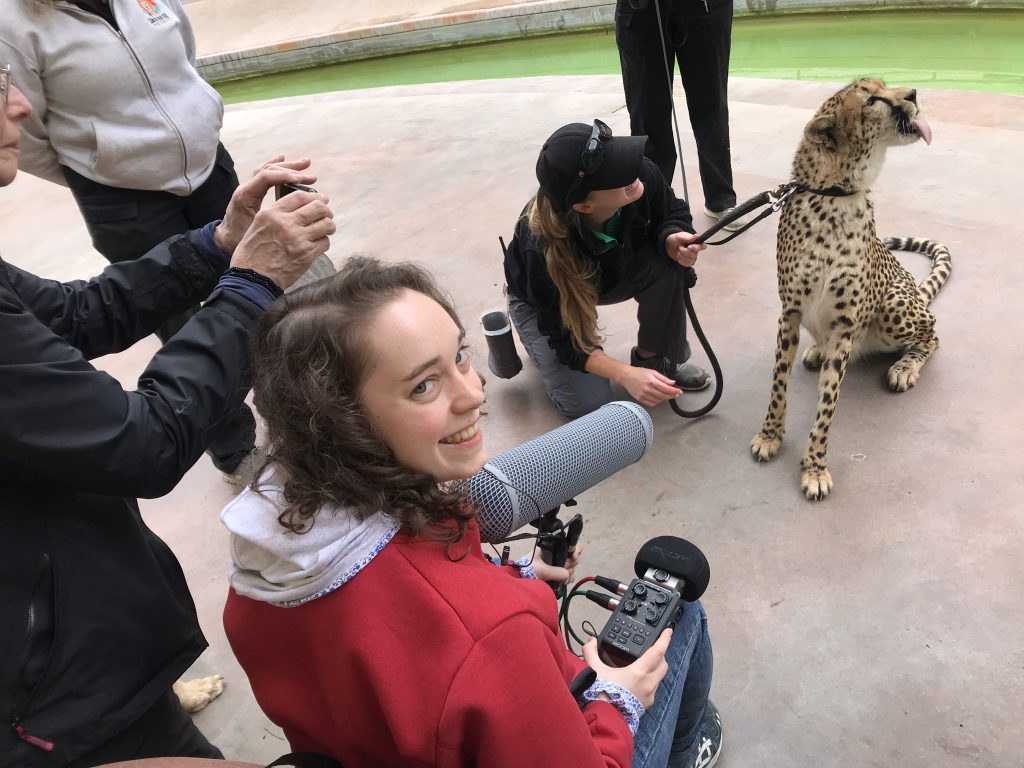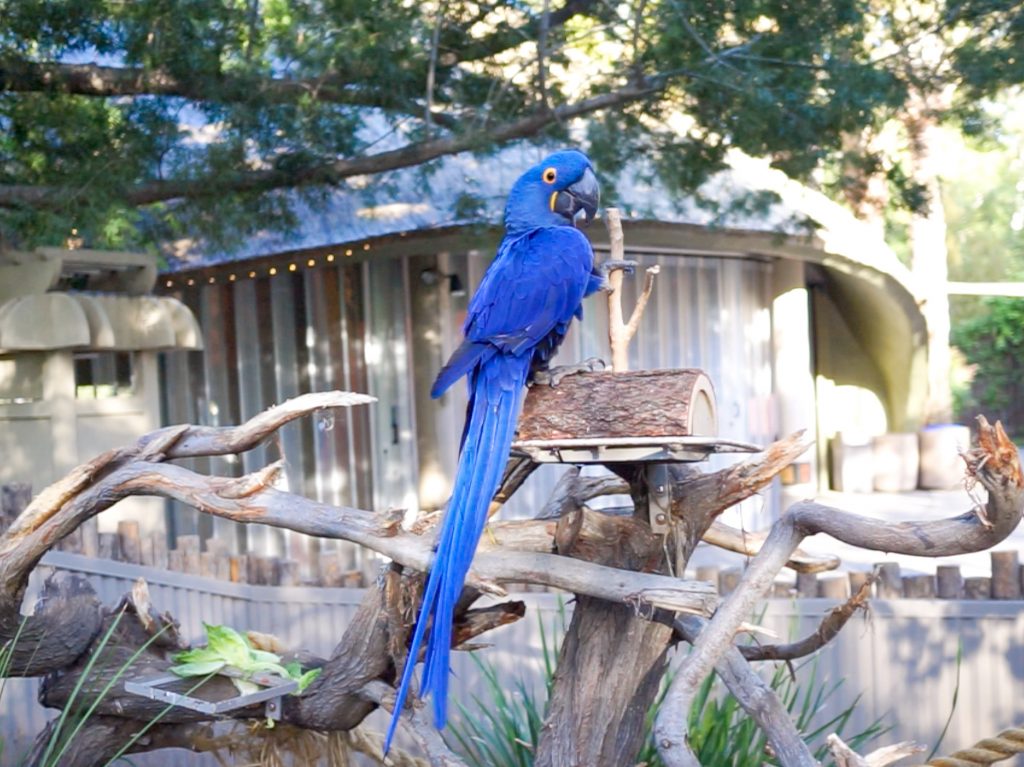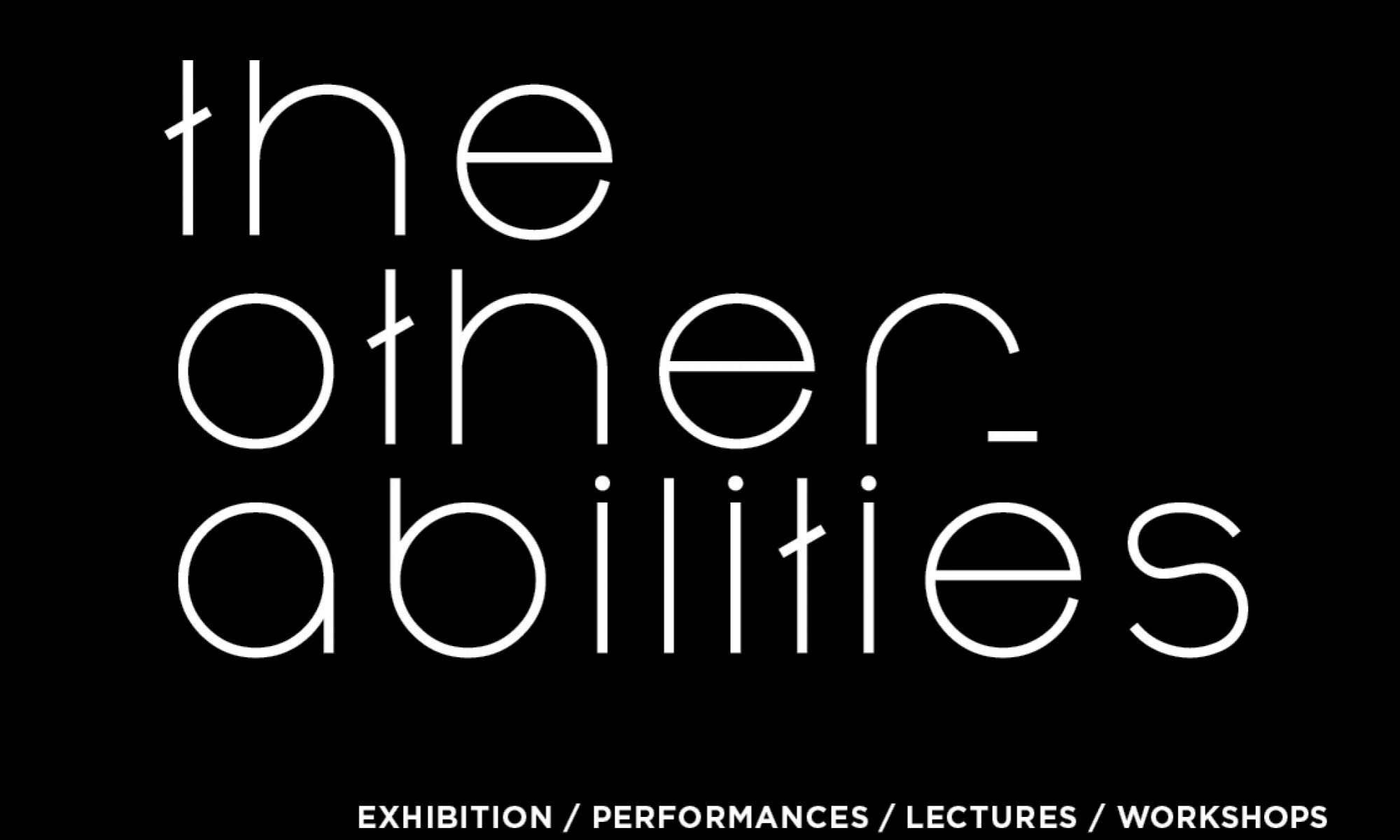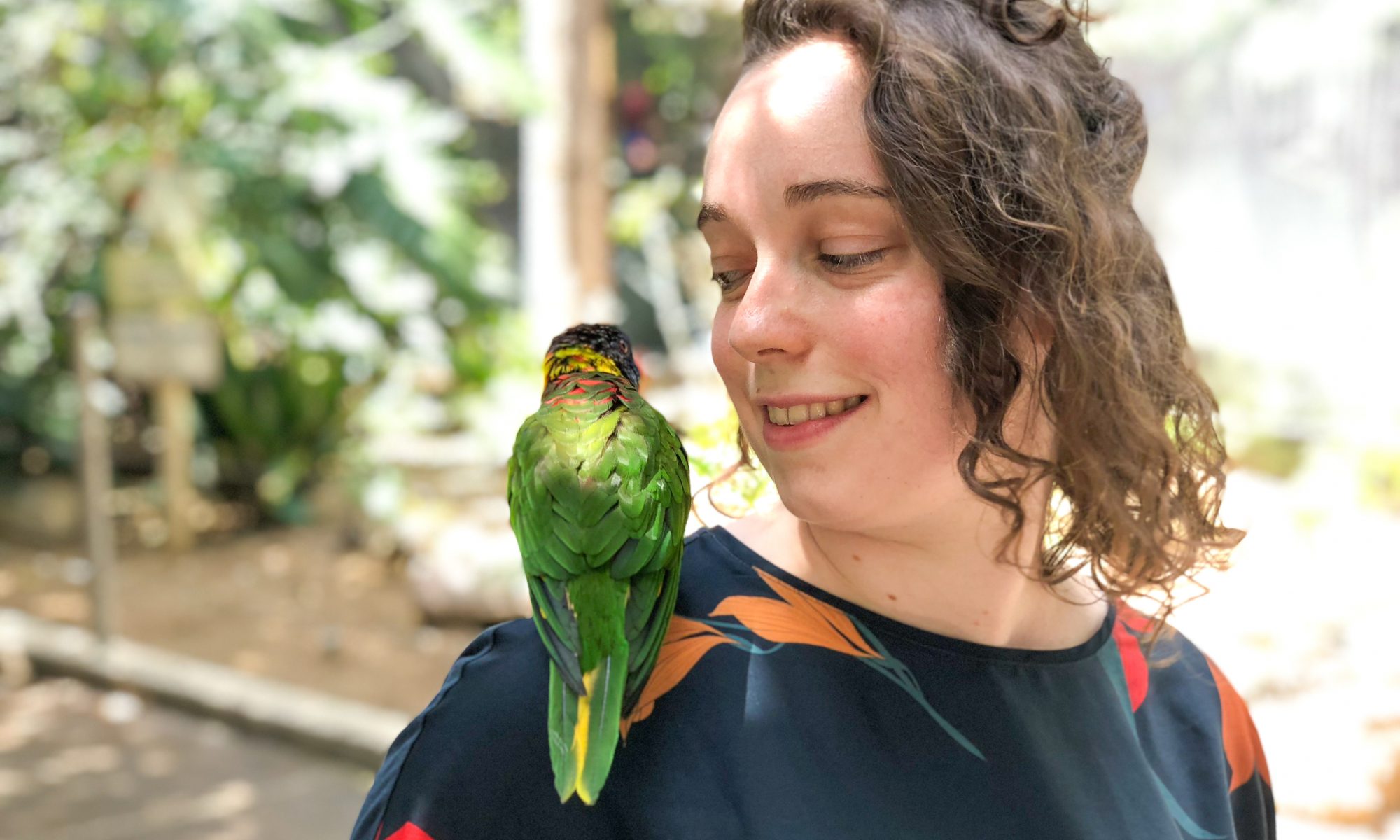Technological Enrichment at the Zoo
What will the zoo of the future look like?

Today, it is possible to use innovative technology to improve the quality of life of zoo animals. There is a high potential to leverage cutting-edge innovations to not only increase animal well-being, but also enhance visitor’s experience and zookeepers’ ability to care for the animals. Through my work, I create better mutual understanding between zoo animals, caregivers and visitors.
One does not have to look far to observe a strong disconnect between humans and other species in our societies. Traditional zoos are at the pinnacle of this disconnect, demonstrating a fascination for other animals and the will to educate and see through one’s own eyes; but also displaying the asymmetry between visitors in search of entertainment and captive animals often suffering from a profound lack of meaningful interactions, not to mention their need for natural behaviors. This being said, zoos have evolved to respect and protect species, educate the public about them, and caregivers are often very sensitive to the needs of the animals they care for. Enrichment is a way for zookeepers and caregivers to enhance the captive animals’ quality of life, enabling them to express natural behaviors and reducing stereotypic behaviors (abnormal behaviors often seen in zoos indicative of poor psychological wellbeing like pacing, rocking, self-mutilation, and feather-picking). A better understanding of animals’ sensory environment, as well as giving them options to shape their surroundings and control their interactions with visitors, can yield substantial benefits. However, the conservation toolbox lacks high-tech tools that could help researchers, caregivers, and visitors better grasp animal experiences. Caution and humility are also called for in the development of new interventions for animals. Human understanding of animals’ worlds is still limited, and assumptions can have detrimental consequences.

Giving animals more control over their environment has huge potential for increasing health and wellbeing, and reducing boredom. Giving tools to animals also creates unique entertaining experiences for visitors. However, there are ergonomic, ethical, and agency-related challenges in designing animal-computer interfaces. The JoyBranch is a successful example of such interfaces. This interactive branch deployed at the San Diego Zoo allows Sampson, a music-savvy macaw, to play the music he likes whenever he wants.
Outcome: The bird uses, understands, and benefits from the tool. Visitors are owed and entertained by the unique experience. With his new agency, the bird gains more control over his interactions with the public, creating an interspecies experience mediated by technology.
Many bird species have important prenatal vocal interaction. Parents birds sing to their eggs, and chicks sing before hatching. But zoos often incubate eggs in artificial incubators to maximize hatching rates, thus breaking this vocal connection. The TamagoPhone is an enriched incubator to maintain vocal interactions between bird parents and egg with a two-way, real-time audio system to allow mother and eggs to communicate remotely during incubation. Just like a phone call from within the egg.
Outcome for Preservation & Research: The zoo can preserve
behavioral characteristics of rare bird species and raises birds who establish normal species identity and behaviors. Our augmented incubator also allows researchers to test novel hypotheses regarding pre-hatching avian vocalization. Outcome for Livestock Management: The TamagoPhone offers a different perspective on current intensive farming practices. The poultry industry especially uses sophisticated and optimized technologies, focusing on increasing the production of meat and eggs but depriving birds from respect and natural interaction. The TamagoPhone uses technology to restore important vocal interactions in the way we raise poultry to improve animal welfare.The Panda Project
It is very rare for giant pandas to reproduce in captivity. In part because their behaviors and needs are hard to recognize. The Panda Project is a real-time, deep learning-based tool for acoustic monitoring of giant panda vocalization to support breeding and conservation efforts.
Outcome: A visual tool to give caregivers meaningful information from panda vocalizations regarding their nutrition (how much each individual eats), health (how much they move), maternal care (do the cubs nurse enough & do they express distress calls) and reproductive health (vocalizations can inform about hormonal levels).
THE ORB

The ORB is a voice-based vibrating device, which maps the voice signal into tactile vibrating sensation to provide awareness of physical processes involved in the vocal production process. Because fingertips contain more sensory receptors than our vocal vibrating chamber, holding the ORB while vocalizing gives access to elements of individuality and affect that often remain latent in the everyday experience of voice. The ORB has inspired a whole generation of new tools and prototypes to tackle different challenges in domains such as tool design for the deaf community, the design of HCI interfaces for speech disorder treatment or prosody and language acquisition for children, or in the domain of well-being and sub-clinical treatment of depression and mental health.
Rebecca Kleinberger Short Bio
Rebecca received her PhD from the MIT Media Lab where she is currently doing postdoctoral research. Her work mixes science, engineering, design and art to explore ways to craft experiences for self-reflection and human connection. Rebecca has developed unique expertise on the human voice as a means of expression, both to others and within ourselves. Her research spans a wide range of fields, including neurology, human-computer interaction, psychology, cognitive sciences, physics, biology, clinical research, linguistics, communication theory and assistive technologies.

